[Ebook Việt Hóa] New Plant Parent - Darryl Cheng, Chi Sansevieria - Chi Lưỡi Hổ
[Ebook Việt Hoá] New Plant Parent (Darryl Cheng) – Phần 02 – Snake Plant (cây thuộc chi Sansevieria)
- Nguồn: [Ebook] New Plant Parent: Develop Your Green Thumb and Care for Your House-Plant Family – Darryl Cheng
- Biên tập: Dũng Cá Xinh (Tháng 01/2022)
- Dịch: Team Codai.net
English
Snake Plant
The sansevieria genus, commonly called the snake plant, represents a kind of win-win house plant. Snake plants prefer dry soil, which translates to low watering frequency. There are myriad species available to collect, so there’s the excitement of rarity with the robustness of a hardy plant!
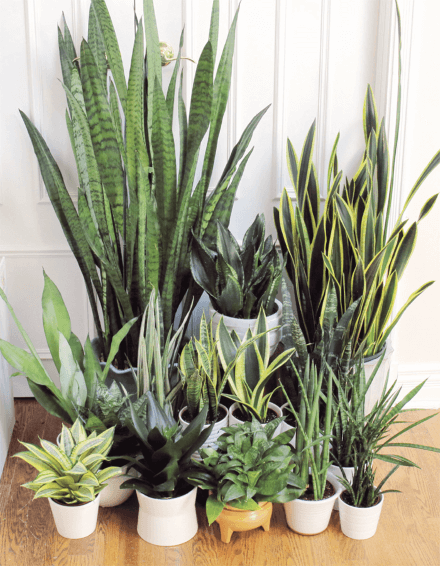
Survival strategy
Snake plants are often relegated to windowless corners because people started labelling them as a “thrives in low light” kind of plant. I prefer to describe it as: starves gracefully at less than 50 foot-candles. If this is the case in your home, you should just barely moisten the soil only after long periods (weeks) of being bone dry. If you’re up for it, you can give the soil a complete soaking and then put the plant near a window getting 300 or more foot-candles. Leave it there for a week so it can actually do some growing before you force it to starve again.
Growth strategy
Giving snake plants enough light to grow is easy because of the wide range of acceptable light intensities. They will be happy with as low as 100 foot-candles and as high as 1,000 foot-candles. In full sun (meaning exposed to direct sun for more than four hours), however, the greenness may start fading. Thus, bright indirect light is preferred.
Soil management
A snake plant stores most of its water in its thick leaves, so the soil can be left bone dry between waterings. When you do water, it’s a good idea to gently aerate the soil to ensure that water penetrates as evenly as possible. If the snake plant leaves appear wrinkly, you should give the soil a good soaking immediately. Because snake plants can handle prolonged dry soil, it tends to form clumps that are difficult to remoisten. If the soil hasn’t been changed in over a year, it might be a good idea to repot. Use any well-draining mix—typically potting soil with coarse sand added or premade “cactus” mix will suffice.
Subjective life span
A nursery-grown snake plant (for example, the usual tall kind, Sansevieria trifasciata ‘Laurentii’) will have strong, broad leaves, like swords. After a year or two, you may notice that new leaves will not be as wide if your plant has been living in sub 100 foot-candle light. After several years, some of the oldest leaves will flop over and bend permanently, even if you give the soil a good soaking. If you find that unsightly, you can cut off those leaves.
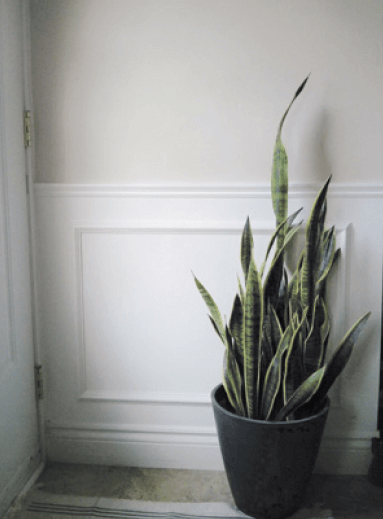
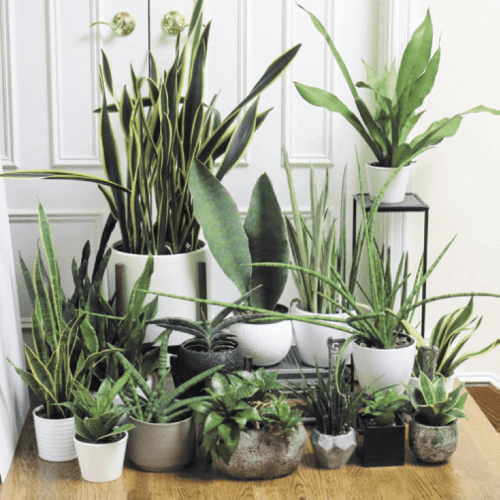

A Snake Plant for the Office
 Day 1
Day 1
A Sansevieria trifasciata destined to be an office plant. The Ikea outer pot didn’t quite fit the standard nursery pot.
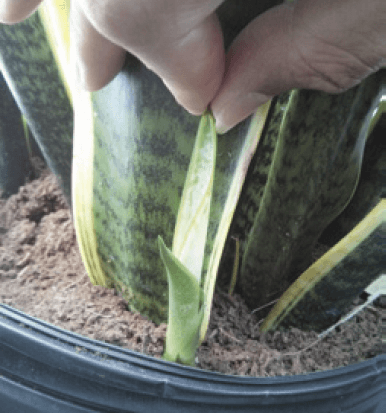 Day 21
Day 21
New growth emerges as a rosette. In a year or so, all of this soil surface will be brimming with new snake plant leaves!
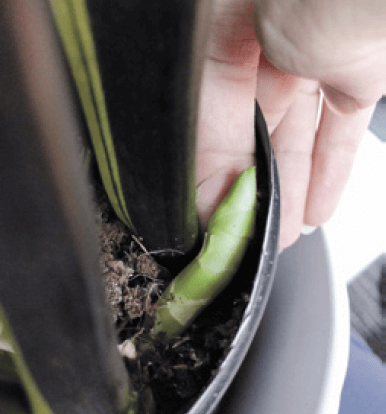
New snake plant leaves emanate from underground runners—they push horizontally through the soil until they encounter a barrier or until they’ve traveled sufficiently to start growing upward.
3 months
A deep windowsill made the ideal home for the snake plant—a clear view of the sky! Although this window faces south, there are many tall buildings that block the sun for most of the colder months, when the noontime sun is lower.
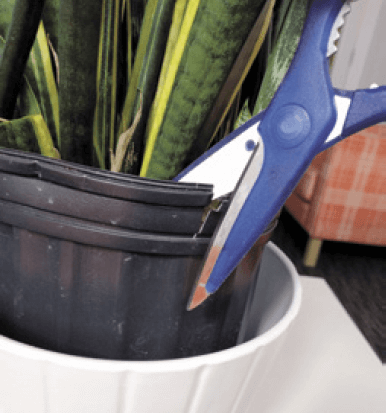
2 years
When I was given a lovely new planter, I decided it should be home to the office snake plant. To make it fit nicely, I had to cut back part of the rim of the plastic nursery pot.


3 years
3 years—and what’s this? A flower stalk!

Propagating Snake Plants
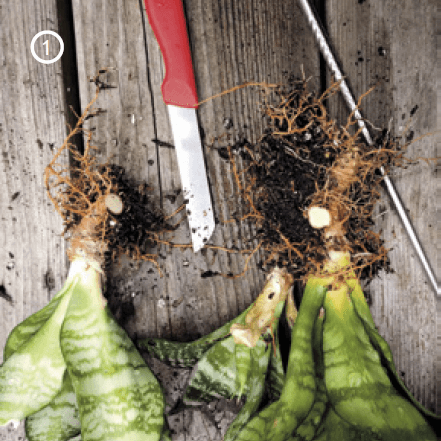 1
1
After about a year of growing at a mature size, snake plants will send up offshoots, which can be separated once they have reached about a third of the size of the mother plant.
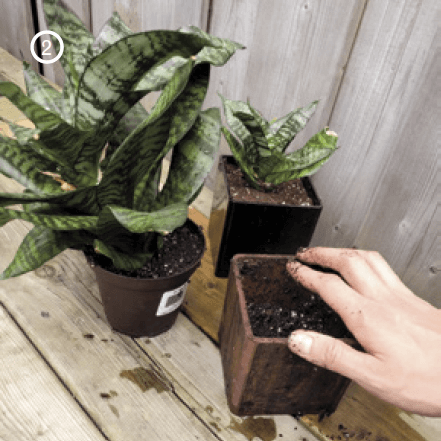
2
A mother and baby snake plant—these bird’s nest snake plants grow as a compact rosette.

3
Bird’s nest snake plants in various stages of development. Another method of propagation is leaf cutting, where the cut end of a leaf is placed in water or, more commonly, moist sand. After some time (it could be months), a new rosette will emerge. I’ve never done this type of propagation, since snake plants grow so slowly and most are cheaply and readily available at my local nurseries.

4
Leaves grown at the nursery are broad, stiff, and swordlike. After a year or so, you’ll notice the new leaves grow out from rosettes that emerge from the soil. This pale green variety is called ‘Moonshine.’
Whale Fin Snake Plant
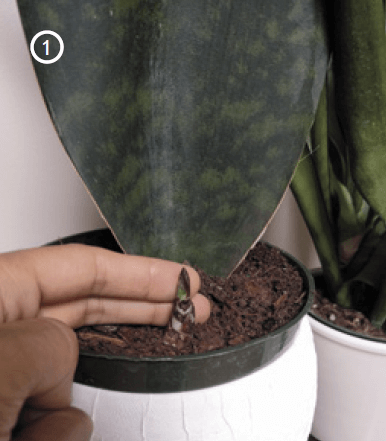
1. Day 1
Sansevieria masoniana, or whale fin snake plant, is fascinating to watch grow. When they say that snake plants are slow growers, it doesn’t mean that a new leaf takes a long time to develop. It means that there are month-long periods when nothing seems to be happening. I noticed this spike emerge only a week after bringing the plant home—it must have been the right time!
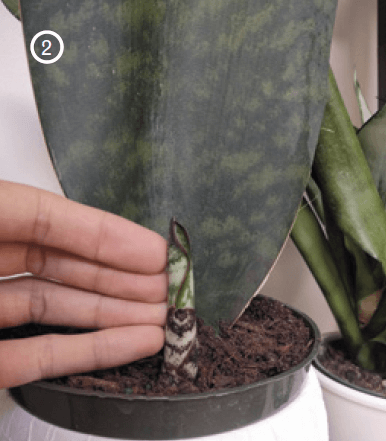
2. 6 days later
The new leaf has doubled in height from two fingers to four fingers tall.
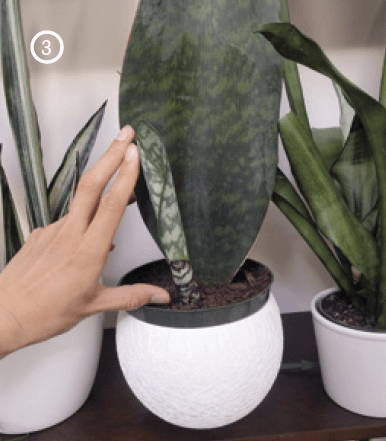
3. 20 days later
Now it’s about a third the height of its mother.
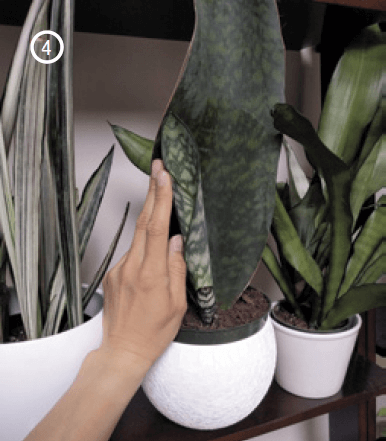 4. 27 days later
4. 27 days later
The baby has reached halfway!
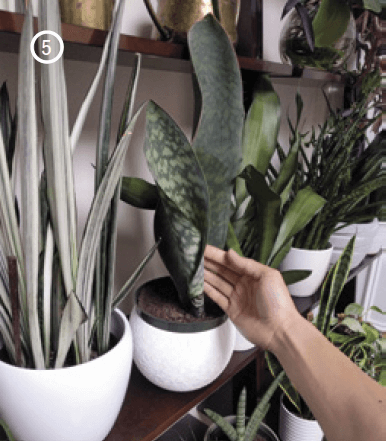
5. 40 days later
In case you’re wondering, the snake plant on the left is called Sansevieria trifasciata ‘Bantel’s Sensation.’
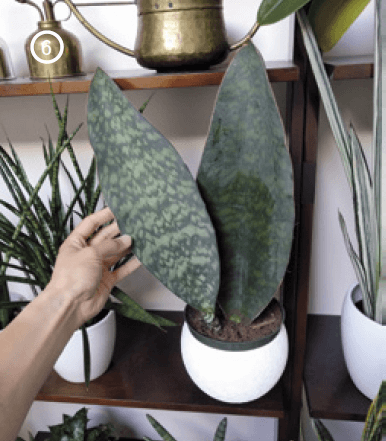
6. 64 days later
I love the “brand-new” look of the newly unfurled leaf—such a beautiful pattern! You could separate them to create two potted single-leaf specimens, but I think they look nice together—more whale-fin-like!
Tiếng Việt
Đang cập nhật
![[Ebook Việt Hoá] New Plant Parent (Darryl Cheng) – Phần 02 – Snake Plant (cây thuộc chi Sansevieria) [Ebook Việt Hoá] New Plant Parent (Darryl Cheng) – Phần 02 – Snake Plant (cây thuộc chi Sansevieria)](https://vn1.vdrive.vn/codai.net/2021/02/27-snake-plant.jpg)



